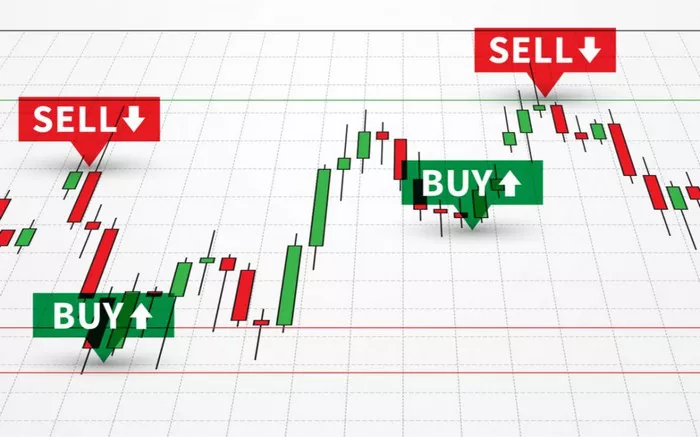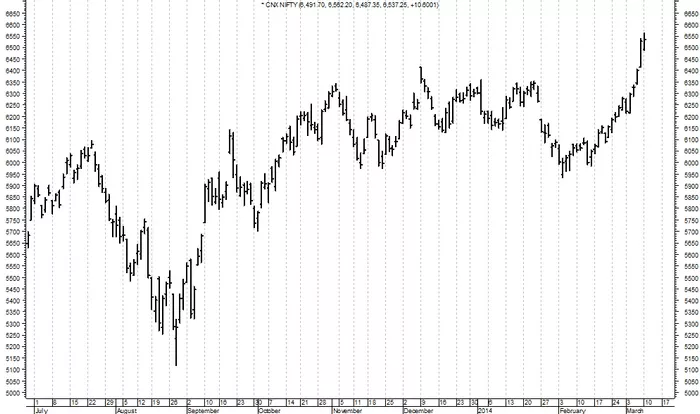Penny stocks often capture the imagination of beginner investors looking for high returns from small investments. These low-priced equities, typically trading below $5, represent shares in small or micro-cap companies that are not listed on major exchanges. With the rise of mobile-first trading apps, Robinhood has become one of the most popular platforms for trading these volatile but potentially lucrative stocks.
Robinhood’s user-friendly interface and commission-free trades make it particularly attractive for new investors. But while penny stocks can offer high rewards, they also come with high risks — such as low liquidity, lack of transparency, and price manipulation. Learning how to navigate these challenges on Robinhood requires both strategy and discipline. This guide will walk you through everything you need to know: from how penny stocks work, to how to find them, to developing a trading strategy on Robinhood.
Understanding Penny Stocks
Before trading, it’s crucial to understand what penny stocks are. Penny stocks refer to small company shares that typically trade for less than $5 per share. While some are listed on exchanges like NASDAQ, most trade over-the-counter (OTC). Robinhood does not support OTC markets, meaning only exchange-listed penny stocks are available on its platform.
These companies are often in their early stages or are financially troubled. Their low stocks price makes them appealing for those with limited capital, but the same factor contributes to their unpredictability.
Why Use Robinhood for Penny Stocks?
Robinhood has become synonymous with modern investing, especially among Millennials and Gen Z investors. It offers:
Commission-free trading
Real-time market data
Fractional share purchases
Easy access to basic financial metrics
While Robinhood’s features are appealing, its limitations — such as the lack of access to OTC markets — mean that users must adapt their strategies to a more curated set of penny stocks.
How to Find Penny Stocks on Robinhood
You won’t find a “penny stocks” tab on Robinhood. Instead, you’ll need to search manually or use screeners and external tools to identify low-priced stocks. Here’s how:
Use Robinhood’s search bar to explore companies under $5 per share
Track trending or most active stocks
Use external screening tools like Yahoo Finance or Finviz, then cross-reference with Robinhood’s listings
After identifying potential stocks, analyze the company fundamentals, news, and historical data. Due diligence is critical to avoid buying into a pump-and-dump scheme.
Step-by-Step: How to Trade Penny Stocks on Robinhood
Open a Robinhood Account: Sign up and verify your identity. Link your bank account for deposits.
Fund Your Account: Transfer money into your Robinhood account. Start small if you’re a beginner.
Find Your Target Stock: Use filters and watchlists to find stocks priced under $5 with high volume and credible news.
Analyze Before You Buy: Read the company’s financials, news reports, and user comments. Consider market trends.
Execute the Trade: Choose the number of shares and select market or limit order. Confirm and execute.
Monitor & Manage Your Positions: Use Robinhood’s alerts and portfolio tools. Know when to cut losses or take profits.
Important Risks of Trading Penny Stocks
Penny stocks come with unique risks:
Volatility: Prices can swing wildly in minutes, causing unexpected gains or steep losses.
Lack of Liquidity: These stocks often have low trading volumes, making it hard to sell without slippage.
Fraud and Scams: Penny stocks are prime targets for pump-and-dump schemes, especially in online forums.
Lack of Transparency: Many of these companies do not provide full financial disclosures.
Strategies for Trading Penny Stocks
To reduce risk and increase your odds of success:
Day Trading: Capitalize on short-term price movements. Requires time and active management.
Swing Trading: Hold a position for several days or weeks to capitalize on momentum.
News-Based Trading: Trade based on earnings reports, new partnerships, or industry developments.
Technical Analysis: Use charts and indicators to identify entry and exit points.
Tools and Resources to Enhance Trading
While Robinhood has limited analytics, you can complement it with tools such as:
Yahoo Finance: For news and basic financials
TradingView: For technical analysis and charts
Finviz: For stock screeners with filters for price, volume, and performance
Using these tools helps you track market sentiment and refine your trading strategy beyond what Robinhood alone can offer.
Common Mistakes to Avoid
Even seasoned traders can fall into traps with penny stocks. Watch out for:
Overtrading: Don’t chase every price movement. Stick to your strategy.
Ignoring Volume: Thinly traded stocks can trap you in illiquid positions.
Emotional Trading: Greed and fear often lead to poor decisions. Keep a clear head.
Lack of Research: Never rely on tips alone. Always investigate before investing.
Regulations and Compliance
While trading penny stocks on Robinhood removes many barriers, you’re still subject to SEC rules and regulations. Pay attention to:
PDT Rule: If you make four or more day trades within five days using a margin account, you must maintain a $25,000 balance.
Capital Gains Taxes: Profits from trades are taxable. Understand short-term vs. long-term capital gains.
SEC Filings: Learn how to read 10-Ks, 10-Qs, and other financial documents for deeper insight.
Realistic Expectations and Long-Term View
Penny stock trading is not a get-rich-quick scheme. It’s a high-risk venture that demands patience, education, and strategy. Even if you find a stock with triple-digit potential, the odds of success depend on timing, research, and market conditions.
Long-term, consider blending your strategy with diversified investments. Incorporate blue-chip stocks or ETFs to balance out your high-risk plays.
Conclusion
Trading penny stocks on Robinhood can be a rewarding endeavor if approached with caution and strategy. By understanding how these stocks work, applying sound analysis, and avoiding common pitfalls, investors can unlock opportunities even in low-priced equities. Robinhood’s ease of access and zero-commission model make it a viable platform for such trades, but it’s up to the trader to educate themselves and act responsibly.






























